How to Write a Product Demo Script That Engages Customers?

Key Highlights
A demo script is a story, not a feature list.
Scripts keep demos consistent, confident, and focused.
Strong demos start by grabbing attention and setting context.
Connect features to real benefits and show clear value.
End with a memorable message and clear next steps.
Avoid common mistakes like feature dumps or missing CTAs.
SmartCue turns scripts into interactive, self-serve demos.
A product demo can be the turning point in a customer's decision if it's done right. Too many demos get lost in feature overload or lack a precise flow, leaving prospects confused or unimpressed.
What customers really want is a story: how your product solves their problems, makes their lives easier, and delivers real value. That's why a strong demo script is your secret weapon. It keeps you focused, ensures consistency, and helps every demo feel tailored and impactful.
In this blog, you'll discover how to craft a product demo script that grabs attention, highlights what matters, and inspires action. From structuring your message to weaving in aha moments, we'll cover the steps to turn your demos into powerful, deal-closing experiences.
What a Demo Script Really Is (and Isn’t)?
A demo script is more than words on a page. It is the story you use to guide customers through your product. It frames the journey, highlights the right moments, and keeps your delivery natural while ensuring every point connects to real value.
What it isn't is a feature dump or a jargon-heavy manual. A great script avoids clutter and focuses on impact. Instead of overwhelming prospects, it keeps them hooked with a simple, straightforward narrative that shows exactly why your product matters.
Why Does Every Great Demo Start With a Script?
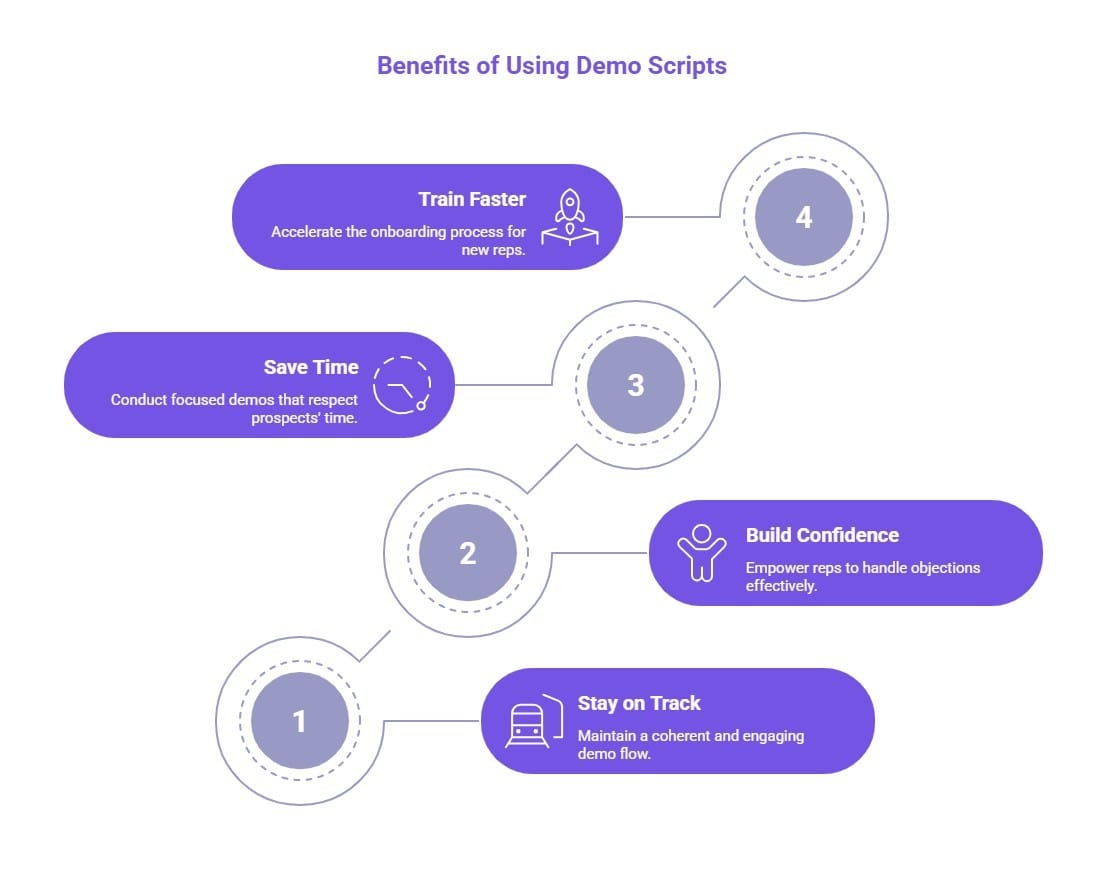
Having a script isn’t just about reading lines. It’s about setting your demo up for success by protecting you from wasted time, awkward silences, and missed opportunities. Here’s how a script translates into real business impact.
1. Keep Every Demo on Track
A script helps you tell a story instead of rattling off a list of features. That story keeps prospects engaged and makes sure the big value moments land every time. The result is fewer lost deals because of a muddled message and more prospects walking away knowing exactly why your product matters.
2. Present With Confidence
When reps know what to say and how to handle common objections, they walk into the room with authority. That confidence is contagious, reassuring buyers that your team knows its stuff. Confident demos don't just look polished; they close more often.
3. Save Time and Stay Focused
No one enjoys a demo that drags on. Scripts keep things tight, relevant, and respectful of the prospect's time. By focusing only on what matters most, you not only avoid losing attention but also shorten sales cycles and keep deals moving forward.
4. Train New Reps Faster
Scripts double as playbooks for new hires. Instead of months of trial and error, new reps can lean on proven messaging from day one. That means they ramp faster, avoid embarrassing missteps in front of customers, and start contributing to the pipeline sooner.
Want to see these principles in action? Book a live demo and discover how a clear, confident script can turn prospects into customers.
How to Turn a Script Into a Sales-Winning Demo?
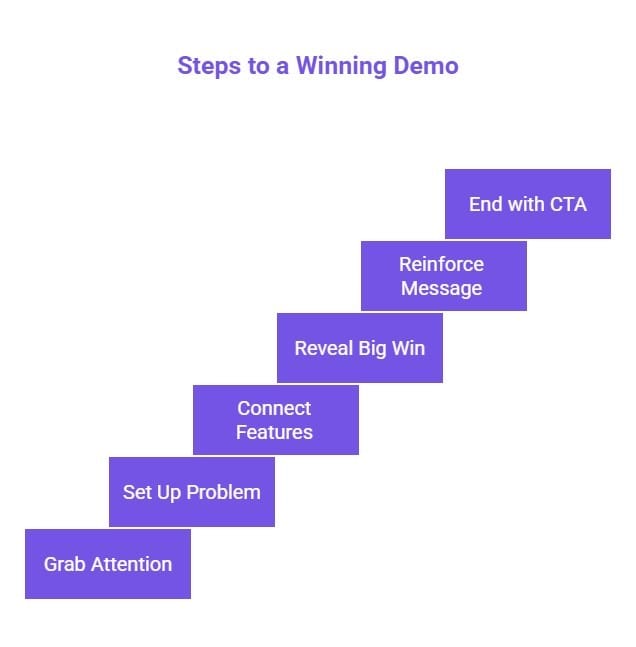
A powerful demo script is not just about showing features. It is about telling a story that takes your audience from curiosity to conviction.
If you've ever wondered how to write a script for a demo product, the key is to structure it like a story rather than a feature checklist.
The right structure makes your presentation memorable, persuasive, and action-oriented. Here's how to build it:
1. Grab Attention Right Away
The first few moments of your demo set the tone for everything that follows. Open with something that instantly resonates with your audience, such as a bold question, a surprising fact, or a relatable pain point. When prospects feel you understand their world, they are more likely to stay engaged.
A strong opening is not about being flashy. It is about making your audience curious enough to want to see what comes next.
2. Set Up the Problem
Jumping straight into features risks overwhelming your prospects. Instead, paint a clear picture of the challenges they face.
By articulating the problem in their language, you build empathy and establish credibility. Prospects should feel, "Yes, that is exactly the issue we are dealing with." This step sets the stage for your product to feel like the natural and necessary solution.
3. Connect Features to Real Wins
When you start showcasing your product, avoid the trap of listing features one by one. Instead, connect each feature to a meaningful outcome such as saving time, reducing costs, simplifying processes, or driving growth.
For example, instead of saying “Our platform automates reporting,” show how that saves hours of manual work every week. This approach helps your audience visualize the impact your solution will have on their business.
4. Reveal the Big Win
Every successful demo has a defining moment when the value becomes crystal clear. Structure your script to build up to this point so your audience experiences a moment of realization.
This could be a powerful visualization, a before-and-after comparison, or a key workflow that eliminates their biggest headache. When done well, this moment transforms interest into genuine excitement and positions your product as the obvious solution.
5. Drive Home the Big Message
After the reveal, it is important to reinforce your product’s main value proposition. Summarize the key benefits in simple, memorable language that sticks in your audience’s mind.
Repetition done strategically ensures they leave the demo with a clear understanding of what sets your product apart. Think of it as the headline you want them to remember when they discuss your solution later with their team.
6. End With Next Steps
A demo without a clear conclusion often leaves prospects uncertain about what to do next. Always close with a confident call to action.
Whether that means signing up for a trial, scheduling a deeper technical session, or moving into the proposal stage, guide them toward the logical next step in their journey. Ending with clarity shows you are confident in your solution and keeps the momentum going.
Want to go even deeper? Check out our product demo checklist for success to ensure every detail of your demo meets the mark.
How Brands Use SmartCue to Create Winning Demos?
Some of the most powerful product demos today are built on SmartCue. These companies use interactive self-serve experiences to simplify complex products, highlight value instantly, and help users see benefits in action. Let’s look at how three different businesses are making demos work for them.
1. NexLvL – AI-Powered All-In-One CRM
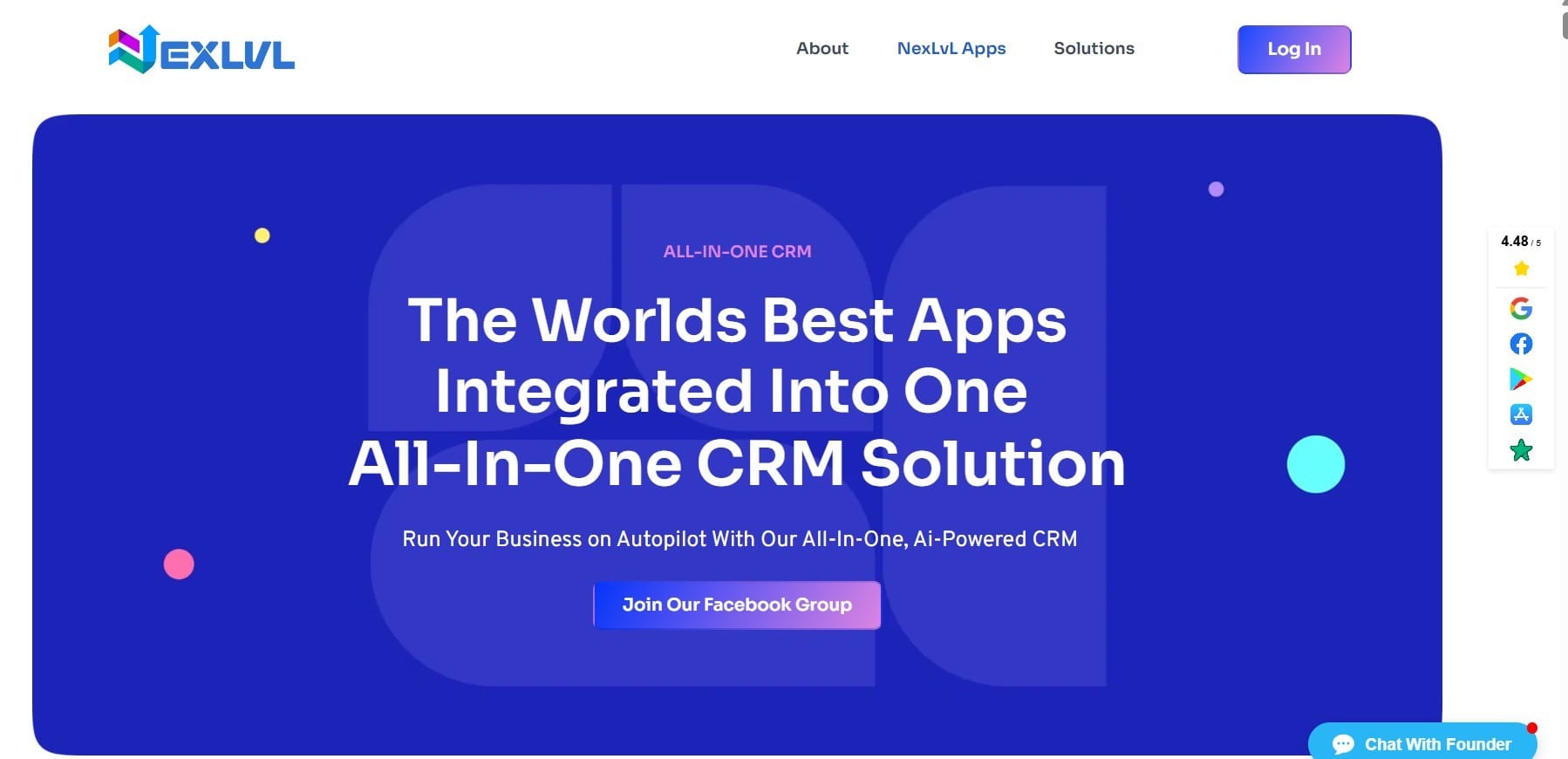
NexLvL uses SmartCue to deliver interactive self-serve demos and guided product tours. From automated workflows to chatbot integrations, prospects can explore how the CRM runs business operations on autopilot. By giving users control of the journey, NexLvL makes its product feel intuitive and indispensable.
Interactive demos showing AI-powered CRM workflows
Guided tours highlighting automation and chatbots
Smooth onboarding experiences for faster adoption
Why It Works: NexLvL proves that letting users explore at their own pace builds confidence in complex platforms and creates a strong sense of product value.
2. Strell – AI-Powered SEO Content Optimization
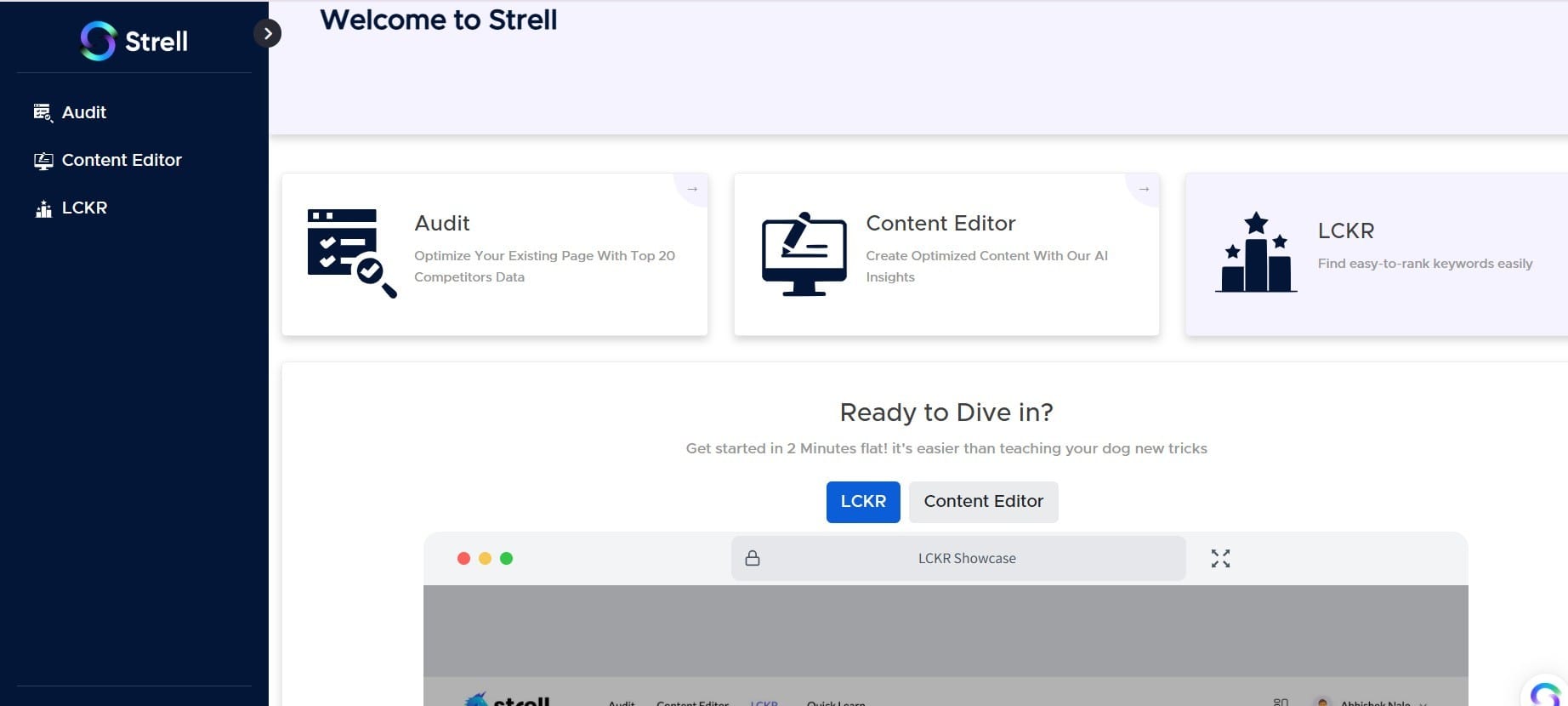
Strell integrates SmartCue to provide hands-on demos and tutorials that simplify advanced SEO technology. Users can dive into real-time data analysis and see how AI helps optimize content performance without needing heavy explanations.
Self-serve demos showcasing AI-driven SEO insights
Product tours for exploring optimization features
Onboarding walkthroughs that build confidence quickly
Why It Works: Strell shows that the best demos are not just about presenting tools but about empowering users to understand and master them.
3. Simply Fleet – Fleet Management Software
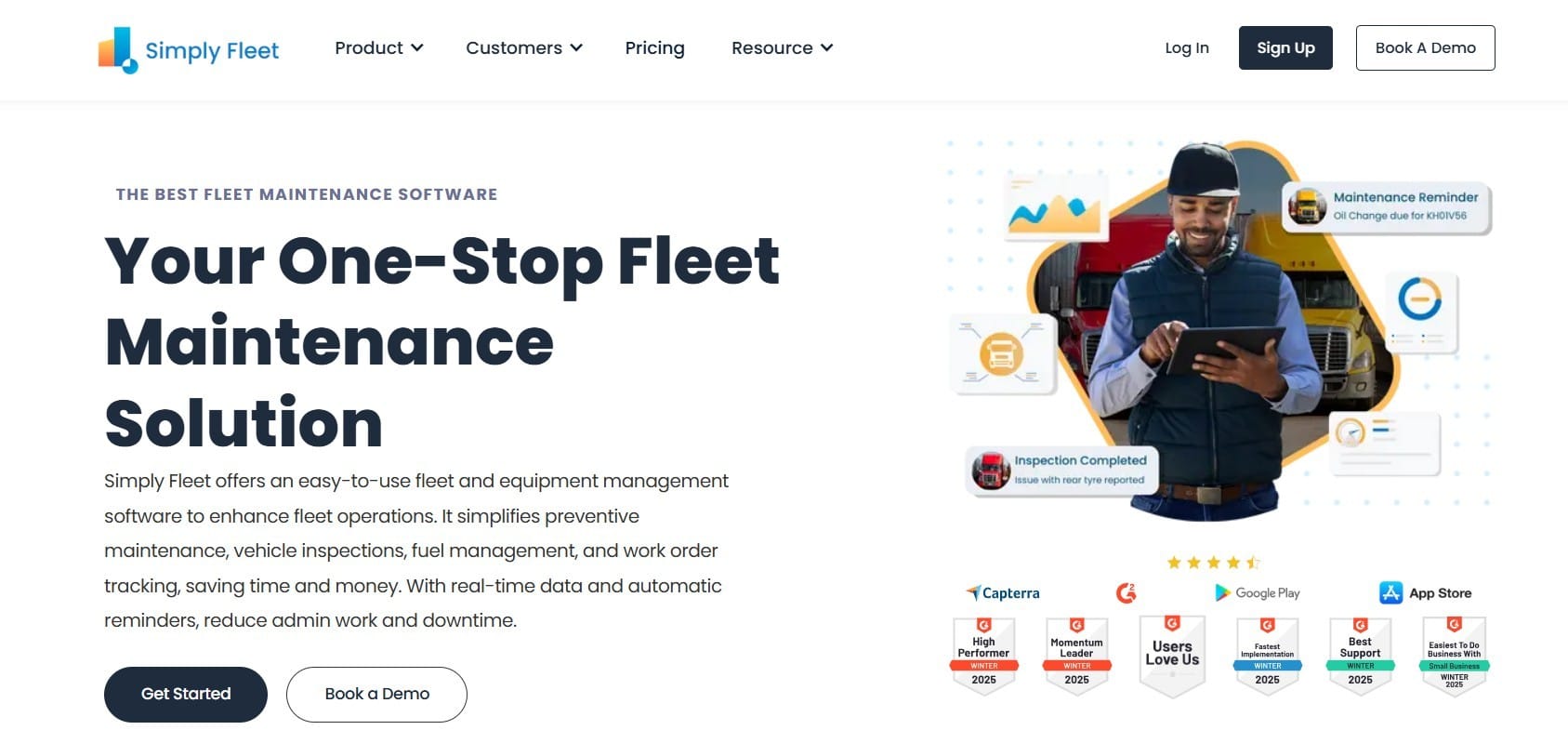
Simply Fleet leverages SmartCue to create guided product tours that make fleet management simple and accessible. By focusing on safety, automation, and data-driven decisions, they help customers adopt new features easily and get maximum value from the platform.
Product tours highlighting essential fleet features
Seamless onboarding for new users
Tutorials that drive the adoption of advanced functionalities
Why It Works: Simply Fleet demonstrates how interactive demos can turn complex, operational software into an intuitive experience that accelerates user trust and adoption.
What Are The Common Pitfalls That Ruin Demo Scripts?
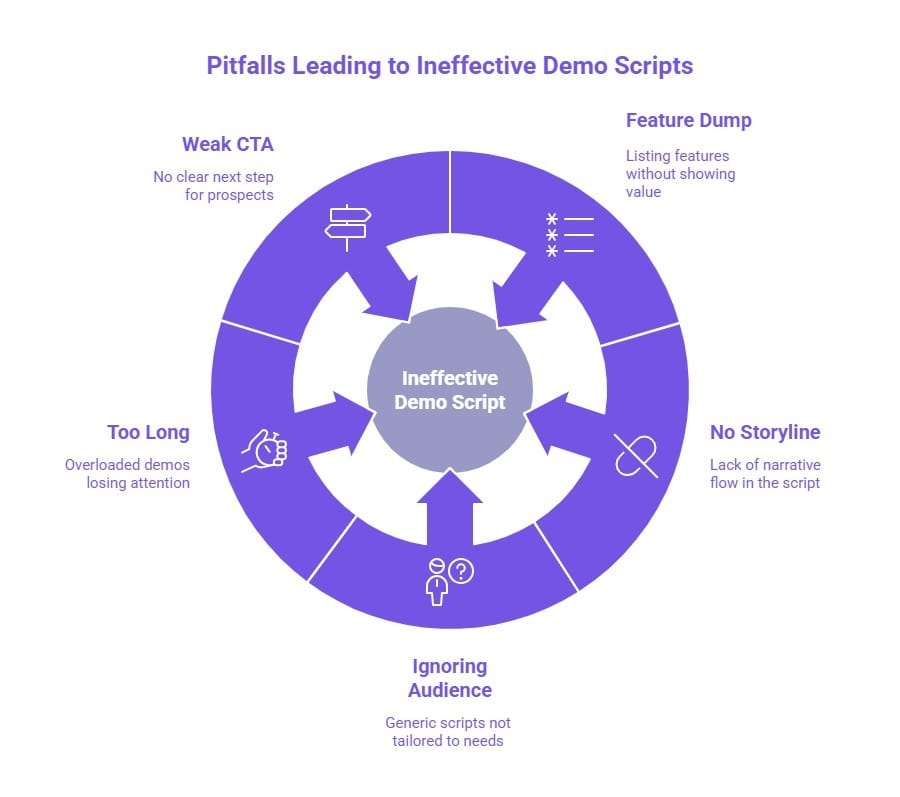
Not every demo script hits the mark. Some leave prospects disengaged or even frustrated. Understanding the common pitfalls can help you avoid them and deliver demos that truly resonate.
1. Too Focused on Features
One of the biggest mistakes is turning the demo into a feature dump. Listing everything your product can do without tying it to the audience’s needs makes the presentation forgettable. Prospects want to know how your solution solves their problems, not just what buttons exist.
2. No Clear Storyline
A demo without a narrative feels scattered and confusing. If your script jumps randomly between features, your audience struggles to connect the dots. A strong storyline makes the demo flow naturally and highlights how each feature adds to the bigger picture.
3. Ignoring the Audience
Some scripts are written as one-size-fits-all. This makes the demo feel generic and disconnected. If you don’t tailor the flow to the prospect’s industry, pain points, or goals, they won’t see why your product matters to them.
4. Running Too Long
Lengthy demos risk losing attention. If your script tries to cover every feature, the main message gets buried. Keeping the demo concise and focused ensures prospects stay engaged and remember the key takeaways.
5. Weak or Missing Call to Action
A surprising number of demos end without a clear next step. Without guiding prospects toward action, you leave them uncertain about what to do next. Always close with a confident and specific call to action that keeps the momentum going.
For more tips on refining your approach, see why your product demo isn’t working and how to fix it.
Bring Your Demo Script to Life with SmartCue
Wondering how SmartCue can fit into your sales or onboarding process? It only takes a few simple steps to create demos that feel interactive, personal, and memorable.
Step 1: Get Started
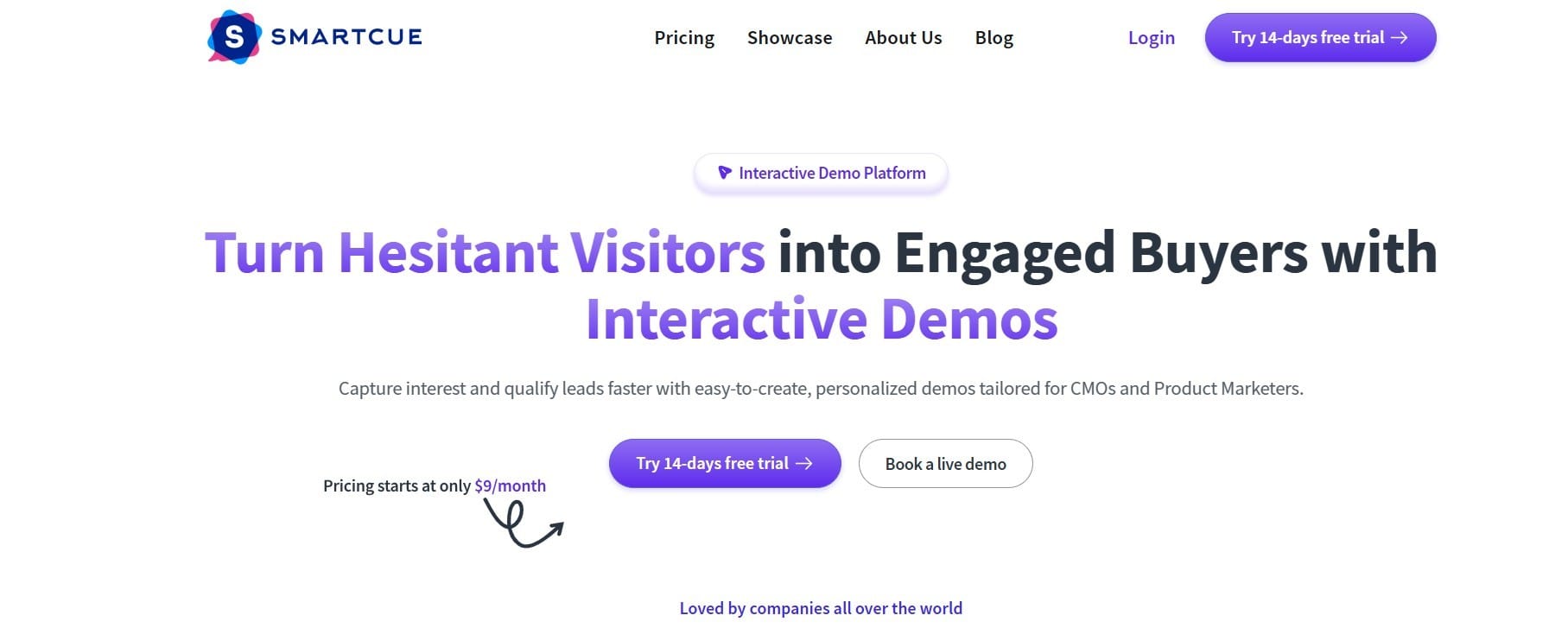
Sign up, install the Chrome extension, and you're ready to roll in minutes.
Step 2: Capture Your Flow
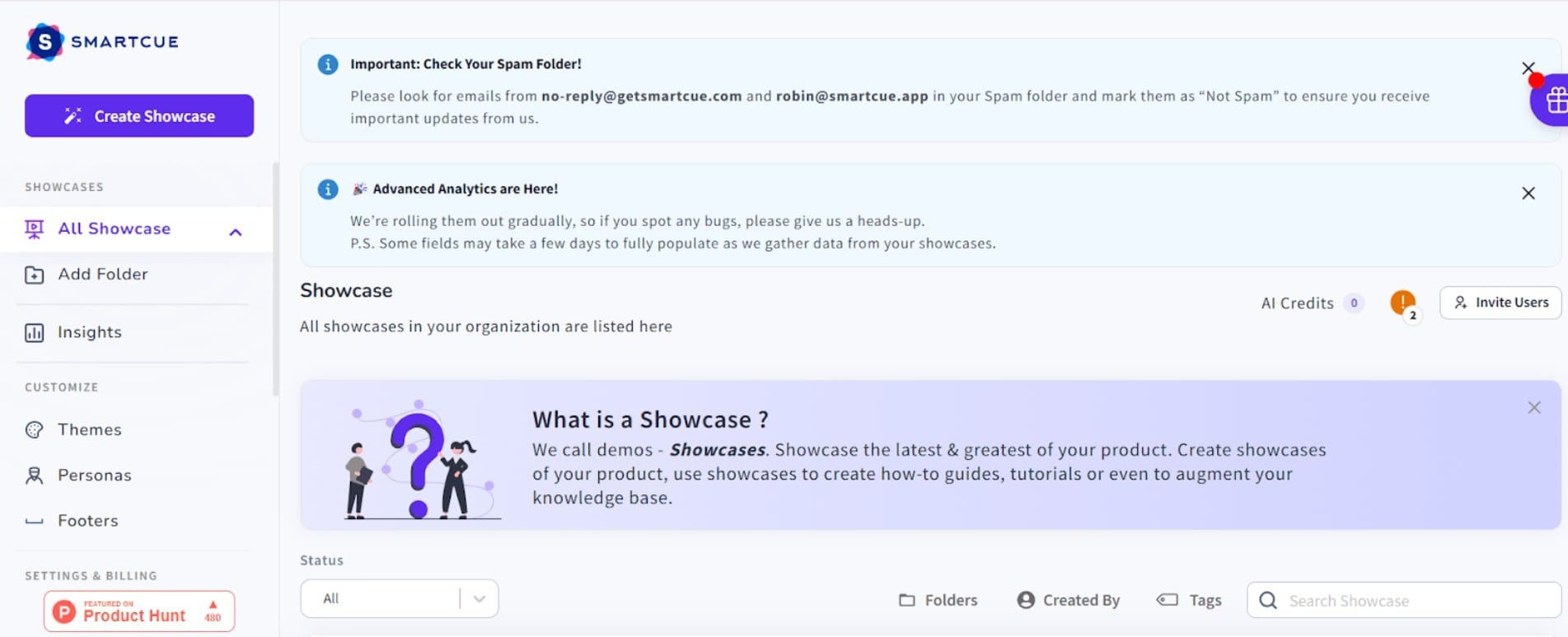
Record the product journey you want to showcase, whether it’s a sales demo, a feature highlight, or an onboarding walkthrough.
Step 3: Add Your Touch
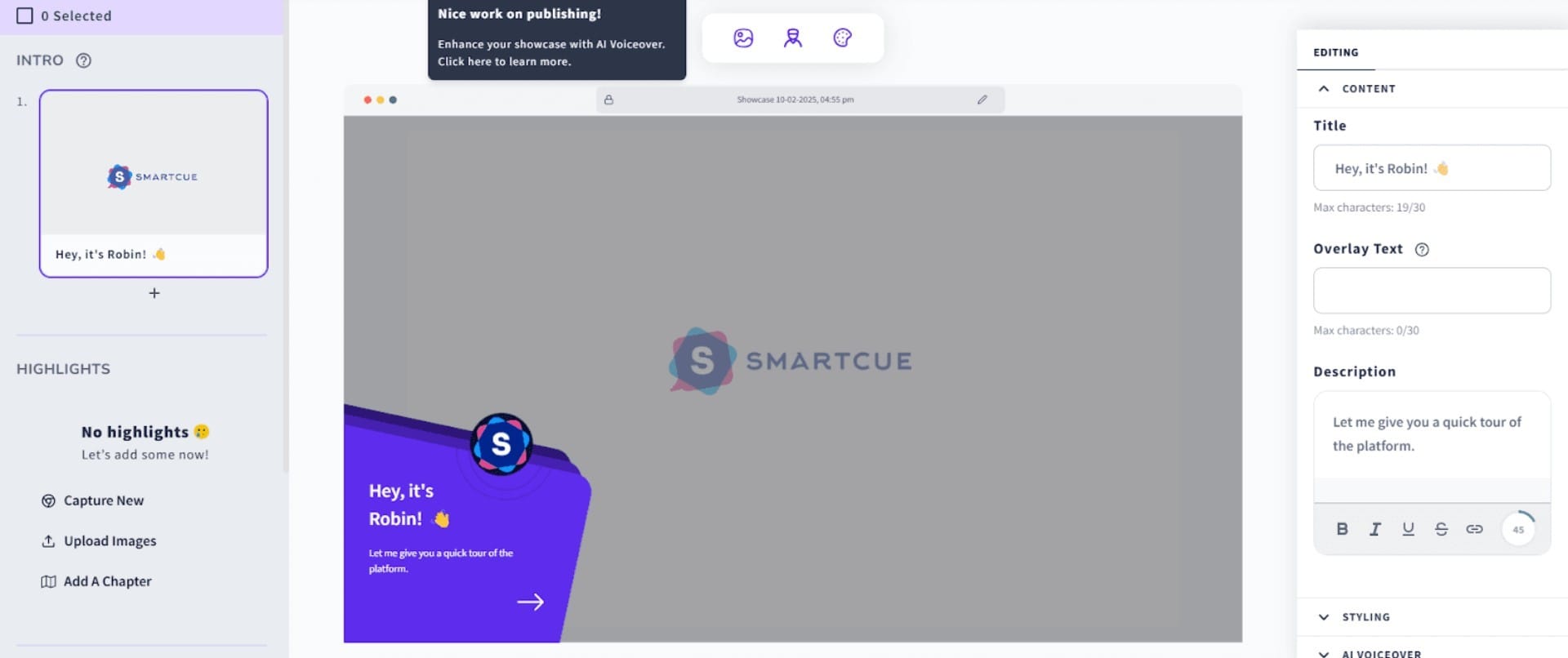
Make the demo engaging with notes, highlights, and tooltips that guide prospects without overwhelming them.
Step 4: Share Anywhere
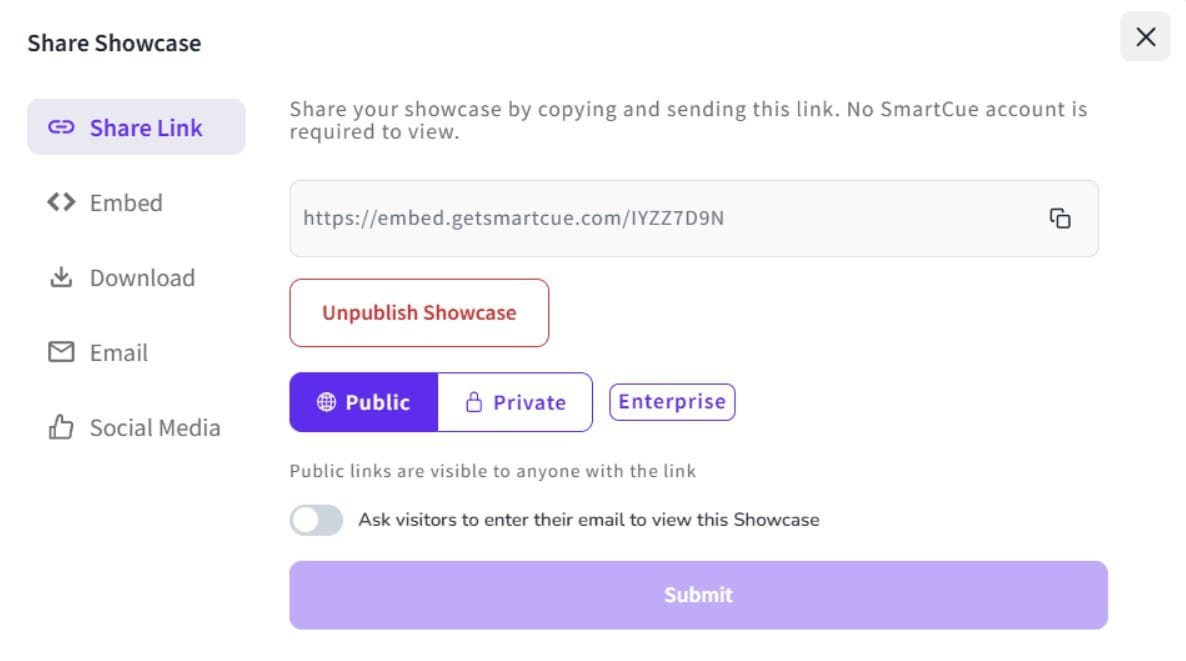
Send it as a link, embed it on your site, or repurpose it into a video or GIF. Your audience can interact with it anytime, anywhere.
Step 5: Learn and Improve
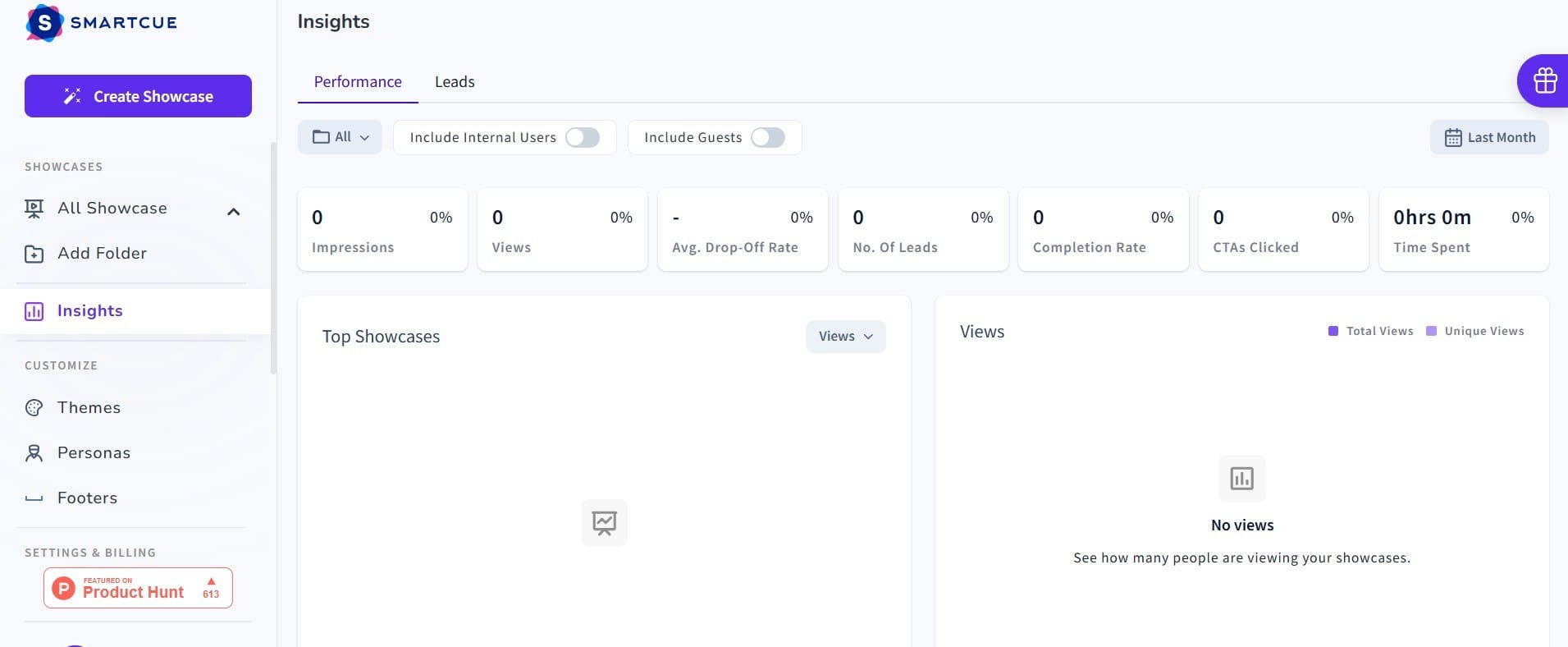
Use SmartCue’s analytics to see what clicks. Find out what excites your audience and fine-tune your script for even better results.
Start Your 14-Day Free Trial Today.
Ready to Win Your Next Demo?
The difference between a demo that earns a polite “thanks” and one that sparks a deal often comes down to how you deliver it. You already know the value of structure, storytelling, and clarity. Now it is time to put that into action.
Take the first step today. Build a demo that does not just explain your product but lets prospects experience its true value. When your audience feels the impact, the decision becomes simple.
Frequently Asked Questions
What is the best format for a product demo script?
The most effective product demo script often follows a two-column format. One column contains narration and talking points, while the other outlines on-screen actions, key features, or visuals to show during the demo video script.
How can I measure if my demo script is engaging enough?
A good demo should capture the attention of your target audience. Track engagement through metrics like viewer drop-off in a product demo video, quality of audience questions, and social proof gathered from your sales team after presentations.
Are there recommended templates for writing product demo scripts?
Yes, proven storytelling techniques such as Problem-Solution, AIDA, or the Hero’s Journey are useful. You can adapt an explainer video or real real-life use case into a demo video script to clearly show the value of your product.
How long should a product demo script usually be?
A product demo script should be concise, typically 5–7 minutes for a live demo or shorter for a product demo video. The goal is to balance storytelling techniques with clarity, avoiding unnecessary technical jargon that may confuse potential customers.
Could you provide an example script for a software product demo?
A simple structure for a software solution demo video script could start with identifying a customer pain point, highlight the benefits of a product, showcase strong call-to-action moments, and end by demonstrating a real use case with clear value.
How to make a demo for your product?
Start by understanding your target audience and their specific needs. Build a demo video script that focuses on the benefits of a product, real-life use cases, and key features, while keeping the sales process clear and engaging.
Is it bad to read from a script for a demo?
Reading directly from a product demo video script can feel robotic. Instead, treat the script as a powerful tool for structure. Use it to guide storytelling techniques and deliver a natural flow that resonates with potential customers.
How to write your own voiceover demo scripts?
Start by identifying your target audience and the industry standards you want to showcase. Keep scripts short, varied in tone, and focused on real-life scenarios that highlight your range as a voice actor.
How to write scripts for a demo reel?
Write short, engaging scripts that reflect different use cases such as commercials, explainer videos, and corporate narration. Focus on storytelling techniques, avoid heavy technical jargon, and highlight versatility to appeal to potential customers.
Comments
Your comment has been submitted successfully!